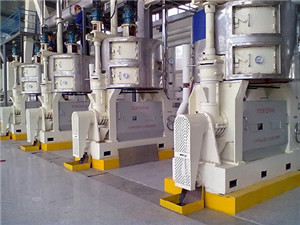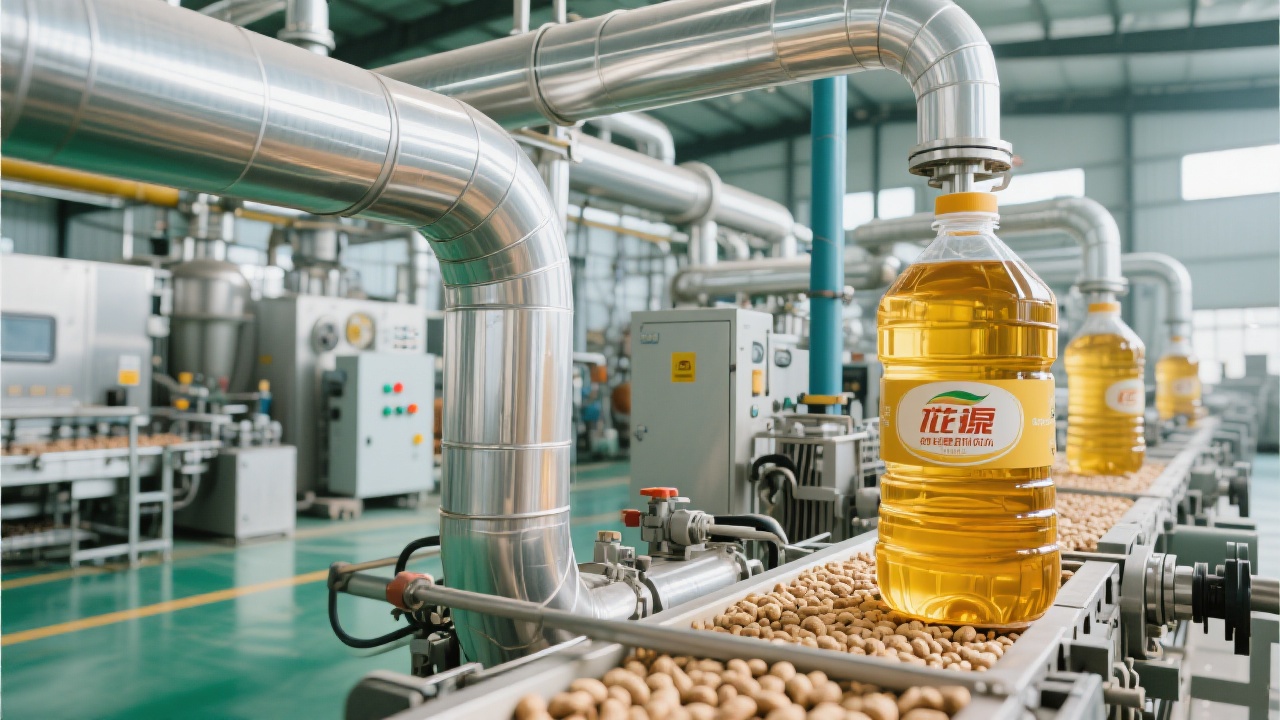
In the competitive landscape of the global edible oil market, the quality of soybean oil plays a crucial role in determining a company's success. For small and medium - sized grain and oil processing plants, mastering the refined process of soybean oil is essential to enhance product quality, meet export standards, and reduce operational costs. This article delves deep into the core process flow and technical details of soybean oil refining in these plants, with a focus on four key steps: degumming, neutralization, bleaching, and deodorization.
Degumming is the initial and vital step in soybean oil refining. It aims to remove phosphatides and other impurities from crude soybean oil. Phosphatides can cause the oil to become cloudy, affect its stability, and increase the consumption of chemicals in subsequent processes. By adding water or acid to the crude oil, phosphatides can be hydrated and separated from the oil phase.
Key parameters for degumming include temperature, which is usually maintained between 60 - 80°C, and the dosage of acid or water, which depends on the quality of the crude oil. For example, in a small - scale plant, adding 2 - 3% of water can effectively remove most of the hydratable phosphatides. Common problems in degumming include incomplete removal of phosphatides and excessive oil loss. To solve these problems, proper mixing and settling time should be ensured, and advanced degumming equipment can be used.

Neutralization is used to remove free fatty acids (FFAs) from the degummed oil. FFAs can cause the oil to have an unpleasant odor and taste, and they also accelerate the oxidation of the oil. By adding an alkaline solution, such as sodium hydroxide, FFAs react with the alkali to form soap, which can be separated from the oil.
The key to neutralization is to control the amount of alkali added. Too much alkali can lead to excessive saponification and oil loss, while too little alkali may not completely remove FFAs. The temperature during neutralization is typically around 60 - 70°C. In a real - world case, a medium - sized plant reduced its FFA content from 2% to less than 0.1% by carefully controlling the alkali dosage and reaction time.
Bleaching is mainly used to remove pigments, residual soap, and other impurities from the neutralized oil. Activated clay or activated carbon is commonly used as a bleaching agent. These adsorbents can adsorb pigments and other polar substances in the oil.
The bleaching process is carried out at a temperature of about 90 - 110°C under vacuum conditions. The dosage of the bleaching agent is usually 1 - 3% of the oil weight. One common problem in bleaching is the over - adsorption of neutral oil by the bleaching agent, which can be solved by optimizing the type and dosage of the adsorbent. For example, using a high - quality activated clay with a specific pore structure can improve the bleaching efficiency and reduce oil loss.

Deodorization is the final and most important step in soybean oil refining. It is used to remove volatile substances, such as odorous compounds and peroxides, from the bleached oil, thereby improving the flavor and stability of the oil. Deodorization is usually carried out at a high temperature (200 - 260°C) under high - vacuum conditions.
Key parameters for deodorization include temperature, vacuum degree, and stripping steam flow rate. By controlling these parameters, the content of volatile substances can be effectively reduced. In a case study, a small - sized plant improved the flavor stability of its soybean oil by adjusting the deodorization temperature and vacuum degree, which increased the shelf - life of the oil from 6 months to 12 months.
In addition to the above - mentioned refining processes, energy saving and emission compliance are also important considerations for small and medium - sized grain and oil processing plants. For example, using heat exchangers to recover heat from the hot oil can significantly reduce energy consumption. Regarding emissions, installing wastewater treatment equipment can ensure that the plant meets environmental standards. By adopting these technologies, plants can not only reduce their environmental impact but also lower their operating costs.

In conclusion, by mastering the core processes of soybean oil refining, small and medium - sized grain and oil processing plants can improve the quality of their products, meet export requirements, and enhance their market competitiveness. If you want to learn more about soybean oil refining technology, click here to get the "Soybean Oil Refining Common Error Troubleshooting List", which will help you upgrade the quality of your oil products.











